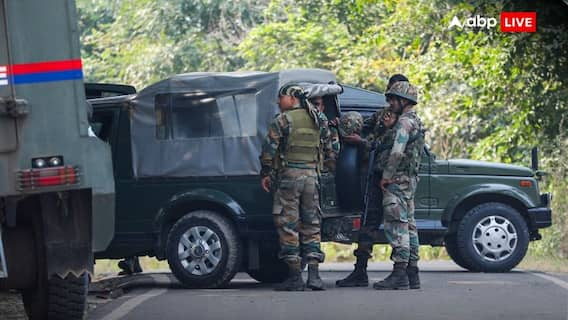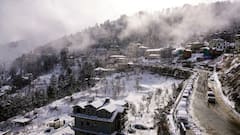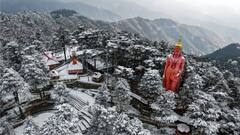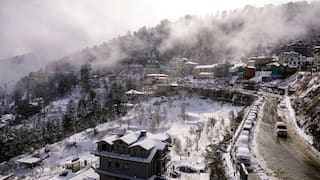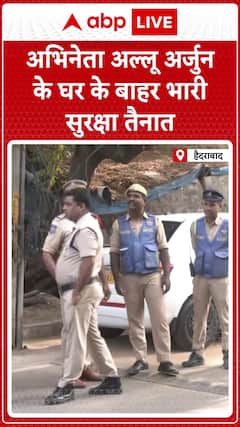Uttarakhand: An Alarm Was Raised 50 Years Ago Over Joshimath. Know Everything About The Sinking Hill Town
People descended on the streets today shouting slogans against an "idle administration" and staged a chakka jam while the business establishments remained closed.

An ancient Uttarakhand town Joshimath has become a cause of concern for its sinking land, apparently caused by climate and infrastructural changes. Cracks have developed in at least 570 houses as a result of continued land subsidence and water seepage continues from underground in JP Colony, Marwadi.
Asia's longest ropeway has been shut for tourists, hotels have been closed down and at least 66 families have shifted out of their houses, with several others out on the streets protesting against the allegedly callous attitude of the state government towards the crisis.
#WATCH | Land subsidence and cracks in many houses continue in Uttarakhand's Joshimath. Cracks have appeared on 561 houses in Joshimath, and water seepage continues from underground in JP Colony, Marwadi. pic.twitter.com/vo7IxIh1Xl
— ANI UP/Uttarakhand (@ANINewsUP) January 5, 2023
“Now the process of increasing cracks in Singhdhar and Marwadi has started. Badrinath NH near Singhdhar Jain locality and JP Company Gate in Marwadi, near the forest department check post, is continuously cracking. This crack is increasing every hour which is worrying," said Joshimath Municipal Chairman Shailendra Pawar.
People descended on the streets today shouting slogans against an "idle administration" and staged a chakka jam while the business establishments remained closed.
Where is Joshimath?
Located on the side of a hill in the Chamoli district of Uttarakhand, Joshimath is a popular hill station and an important pilgrimage destination in the hill state.
Why is it sinking?
According to reports, Joshimath came up on an ancient landslide site. With growing urbanisation, more stress was put on this small Himalayan town. Researchers claimed that urbanisation has historically worsened these issues since it disturbs natural water drainage, undercuts slopes, and results in uncontrolled discharge of water.
Excessive construction is one of the major reasons behind large-scale landslides in the region. CSIR chief scientist DP Kanungo stated that between 2009 and 2012, as many as 128 landslides were recorded in the Chamoli-Joshimath region.
Earlier, on Monday, families rushed out of their homes when water started seeping out of the ‘Joshimath rock’.
Warnings ignored
The Times of India had last year accessed the Mishra Committee report of 1976 which warned 50 years ago that “For road repairs and other construction, it would be advisable not to remove boulders by digging or blasting the hillside. . . Trees in the area should be nurtured like children. ”
In June 2021, an independent committee consisting of geologist Navin Juyal, who’s a member of the Supreme Court-appointed panel to review the CharDham all-weather road project, was formed on the request of local residents to survey the area.
The committee said, “further excavation works would sink Joshimath” and also recommended an elaborate survey by multiinstitutional experts.
Eventually, the Uttarakhand State Disaster Management Authority in August 2022 constituted a multi-institutional team to survey the town. The team in its report said, “built on an unstable foundation – a thick cover of landslide material – which can give way in case of heavy rain, tremors, unregulated construction or more footfall”.
The report further highlighted that homes, resorts and small hotels that have come up along the Joshimath-Auli road “without regard to the town’s carrying capacity” are making the ground sink.
Trending News
Top Headlines







